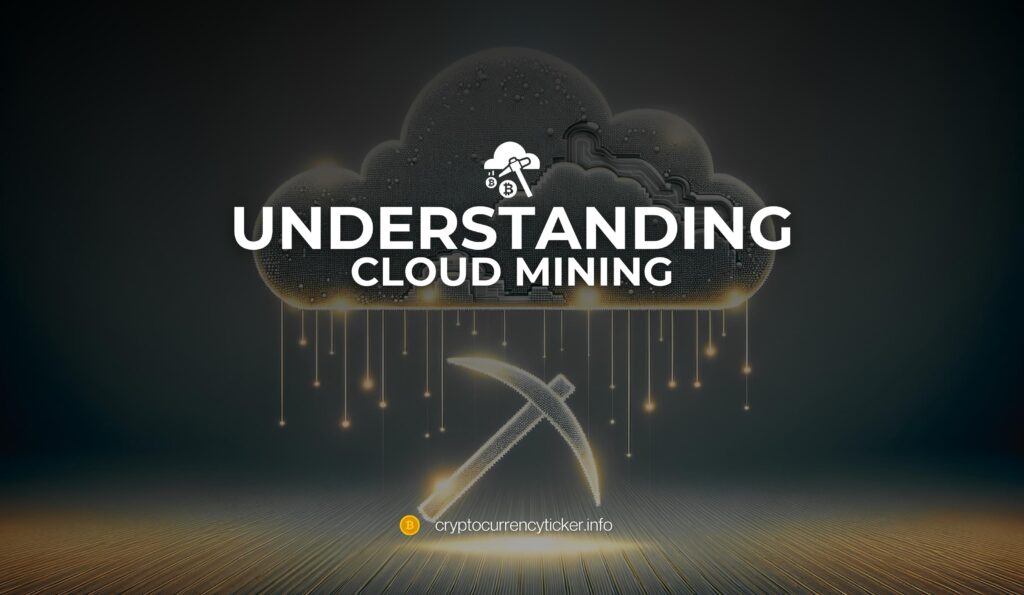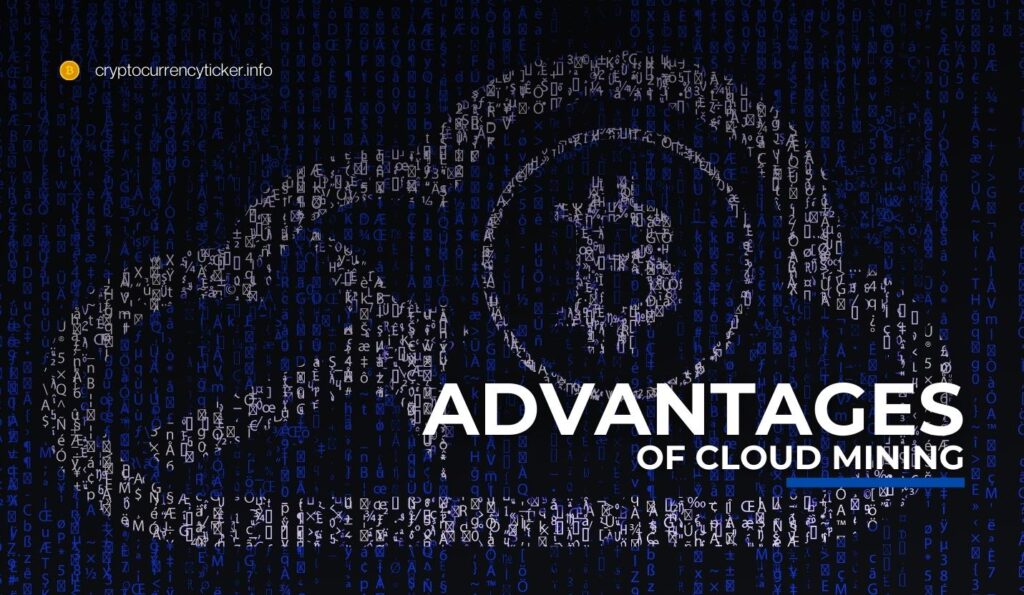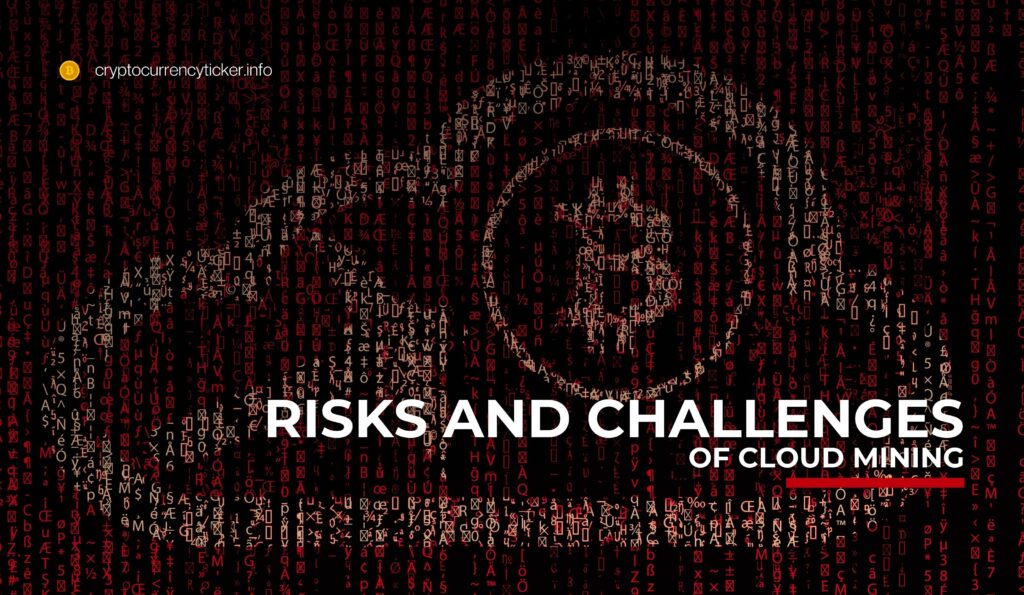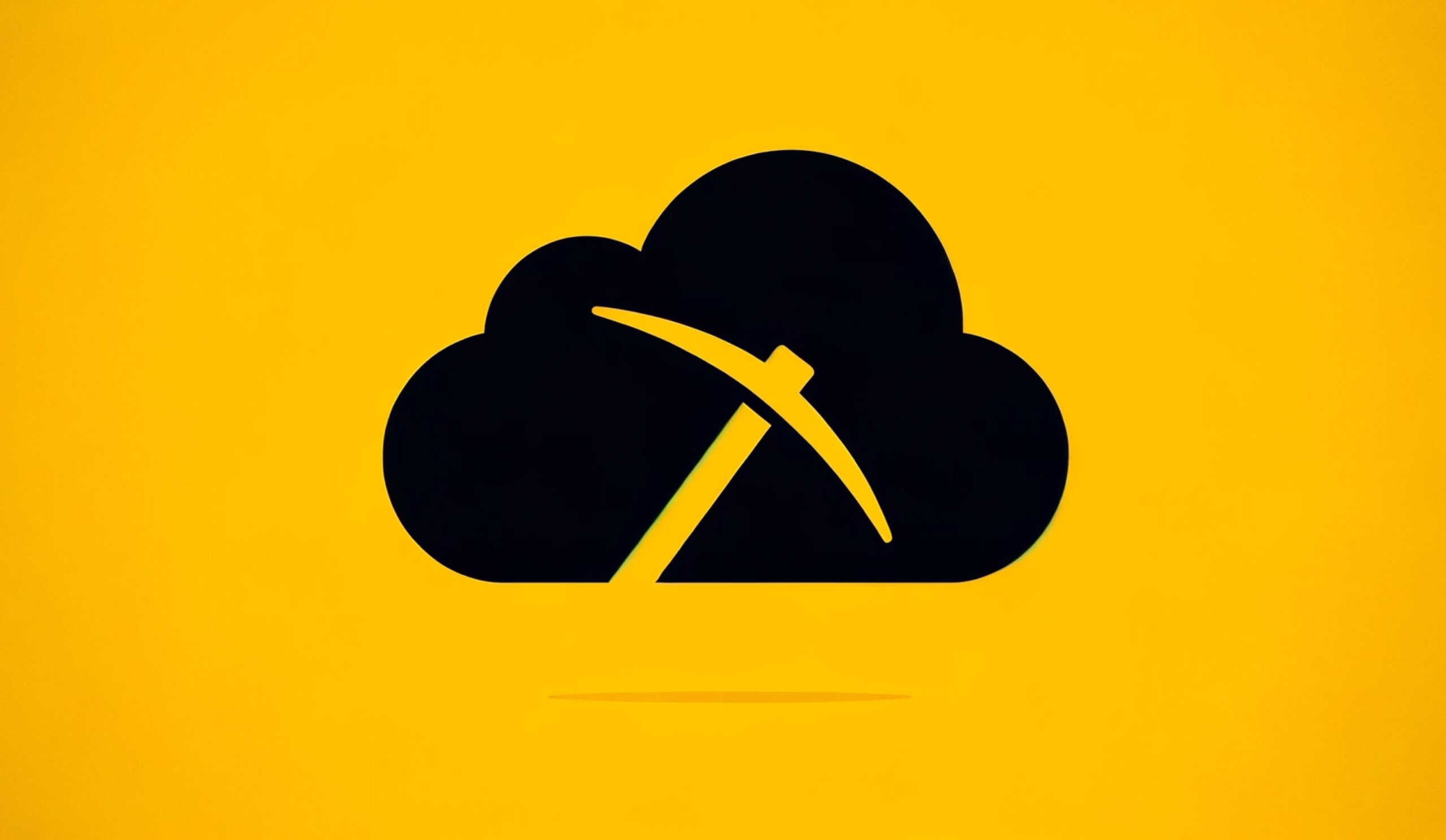In the swiftly evolving world of digital currency, cloud-based cryptocurrency mining has emerged as a revolutionary concept, redefining the traditional mining landscape. This method leverages the power of cloud computing to mine cryptocurrencies, offering an alternative to the hardware-intensive standard mining processes.
The Essence of Cloud Mining
At its core, cloud mining is the process of using remote data centers with shared processing power to mine cryptocurrencies. This approach eliminates the need for individuals to purchase and maintain expensive mining hardware. Essentially, it democratizes access to the mining process, allowing even those without technical expertise or substantial capital to participate in cryptocurrency mining.
Why Cloud Mining?
The surge in popularity of cloud mining is attributed to several compelling reasons:
- Cost-Effective: Traditional mining requires significant investment in high-powered computers and a continuous electricity supply. Cloud mining, on the other hand, significantly reduces these upfront costs, making it an appealing option for many.
- Ease of Access: Individuals can engage in mining activities without needing to understand the intricate technicalities of setting up and maintaining mining rigs.
- Flexibility and Scalability: Cloud mining platforms offer various plans, allowing miners to start small and scale up as they become more comfortable and capable.
- Global Accessibility: Being cloud-based, it breaks geographical barriers, enabling people from any part of the world to participate.
The Transition to Cloud Mining
As the crypto industry continues to grow, cloud mining is seen as a step towards a more accessible and sustainable form of cryptocurrency mining. This method not only simplifies entry into the mining world but also aligns with the increasing shift towards cloud-based solutions across various tech sectors.
Understanding Cloud Mining

Cloud mining stands as a testament to the innovation in cryptocurrency mining, offering a unique alternative to traditional methods. It involves using cloud computing technology to access shared processing power for mining cryptocurrencies. This approach is not only convenient but also cost-effective, eliminating the need for personal mining hardware.
- Cloud Mining vs. Traditional Mining: Unlike traditional mining, which requires significant hardware setup and maintenance, cloud mining operates on rented cloud computing power. This shift removes the barriers of technical expertise and high entry costs, making mining accessible to a wider audience.
- Types of Cloud Mining Services:
- Hardware Rental: Here, users rent actual mining hardware for a fee, retaining more control over the mining process.
- Hash Power Rental: This less hands-on approach involves renting a portion of a mining company’s hash power. It’s simpler and doesn’t require users to manage any hardware.
- Simplifying the Mining Process: By leveraging remote data centers, cloud mining simplifies the complex process of cryptocurrency mining. Users can mine various cryptocurrencies without worrying about hardware, electricity costs, or maintenance.
- Broadening Participation: Cloud mining opens doors for individuals worldwide to participate in cryptocurrency mining, regardless of their technical expertise or financial capacity. This inclusive model contributes to the democratization of the crypto economy.
As we continue to explore cloud mining, it’s clear that this innovative approach is not just a temporary trend but a significant shift in how cryptocurrency mining is perceived and executed. The following sections will delve deeper into the detailed processes, benefits, and challenges of cloud-based cryptocurrency mining, offering a thorough understanding of its impact on the digital currency landscape.
The Cloud Mining Process
Cloud mining’s process is intricate, yet user-friendly, involving several key steps:
- Selecting a Cloud Mining Company: The first step is choosing a reputable cloud mining provider. This choice is crucial, as the market is rife with fraudulent companies. Research and due diligence are essential to ensure a legitimate and reliable service.
- Choosing Mining Packages: Once a provider is selected, users can choose from various mining packages. These packages vary in price and mining power, allowing users to tailor their investment to their budget and desired level of engagement.
- Joining Mining Pools: Many cloud mining services offer the option to join mining pools – groups of miners who combine their computing power to increase their chances of successfully mining cryptocurrencies. The rewards are then distributed among pool members, proportional to each member’s contributed processing power.
- Renting Mining Services: After selecting the company, package, and pool, users pay the service provider to rent the necessary hardware or hash power. The payment is usually made in stable cryptocurrencies, like USDT.
- Receiving Mining Rewards: Finally, when the mining pool successfully mines a cryptocurrency block, rewards are distributed to its members. Users need compatible wallets to receive and store these rewards, depending on the mined cryptocurrency.
This process simplifies the complex world of cryptocurrency mining, making it accessible and manageable for a wider audience. It represents a significant shift from traditional mining methods, aligning with the evolving digital landscape and the increasing preference for cloud-based solutions.
Advantages of Cloud Mining

The shift to cloud mining brings several distinct advantages:
- Accessibility and Convenience: Cloud mining significantly lowers the barrier to entry in cryptocurrency mining. It negates the need for technical know-how and the complexities associated with setting up and maintaining traditional mining rigs.
- Cost-Efficiency: By avoiding the hefty initial investment in hardware and ongoing electricity costs, cloud mining presents a more budget-friendly option compared to traditional mining methods.
- Maintenance-Free: The responsibility of maintaining the hardware and dealing with environmental concerns like heat and noise falls on the service provider, offering a hassle-free experience to the user.
- Passive Income Stream: Once the mining contract is selected and fees are paid, the cloud mining provider takes over the operations. This setup allows users to earn mining rewards passively, without the need for active involvement in the mining process.
These benefits make cloud mining an attractive option, especially for those new to cryptocurrency mining or those looking for a more straightforward, less resource-intensive way to participate in the mining ecosystem.
Risks and Challenges of Cloud Mining

Despite its advantages, cloud mining is not without its risks and challenges:
- Potentially Lower Profits: While cloud mining reduces upfront investment, it doesn’t always guarantee higher returns. The cloud mining service providers have their own overhead costs and profit margins, which can sometimes result in reduced earnings for the user.
- Lack of Control and Transparency: Entrusting mining operations to a third party can lead to a lack of control and transparency. It’s vital to choose a reputable provider to ensure clear communication about their operations and financial health.
- Market Volatility: The value of cryptocurrencies can fluctuate dramatically, affecting the profitability of mining contracts. This unpredictability adds financial risk to the mining endeavor.
- Contractual Limitations: Some cloud mining contracts may have unfavorable terms, such as long durations, unclear fee structures, or minimum withdrawal amounts, which can limit flexibility and profitability.
- Regulatory Concerns: The legal status of cryptocurrency and mining operations varies by region and can change over time. It’s important to stay informed about the rules in both your home country and the location of the cloud mining provider.
These challenges highlight the importance of informed decision-making and risk assessment in cloud mining, underscoring the need for thorough research and consideration before engaging in this mining method.
Future Outlook and Conclusion
As we look towards the future, cloud mining is poised to play a significant role in the cryptocurrency landscape. It represents a modern approach to mining, aligning with the broader trend of cloud-based solutions in technology. As the demand for cryptocurrencies continues to grow, cloud mining could become a more streamlined and prevalent method, potentially making blockchain technology more accessible to a wider audience.
In conclusion, cloud mining offers a convenient, cost-effective gateway into the world of cryptocurrency mining. However, it’s essential to approach this method with an understanding of its potential risks and challenges. By staying informed and selecting reputable providers, individuals can navigate the cloud mining realm with greater confidence and clarity.
